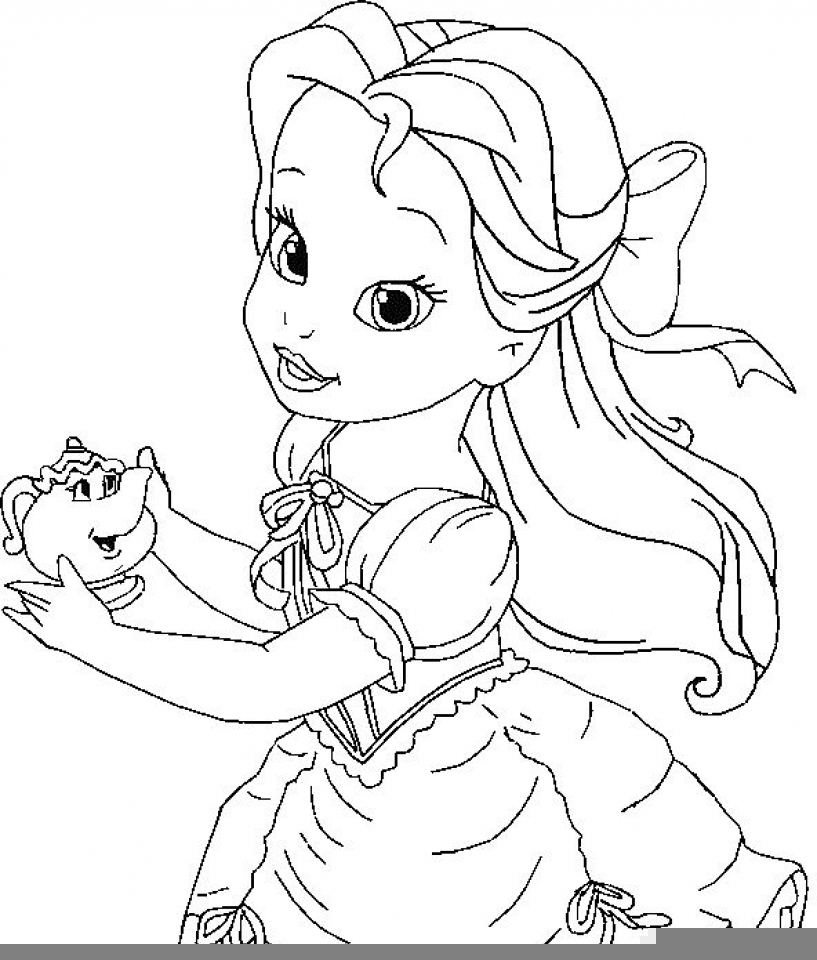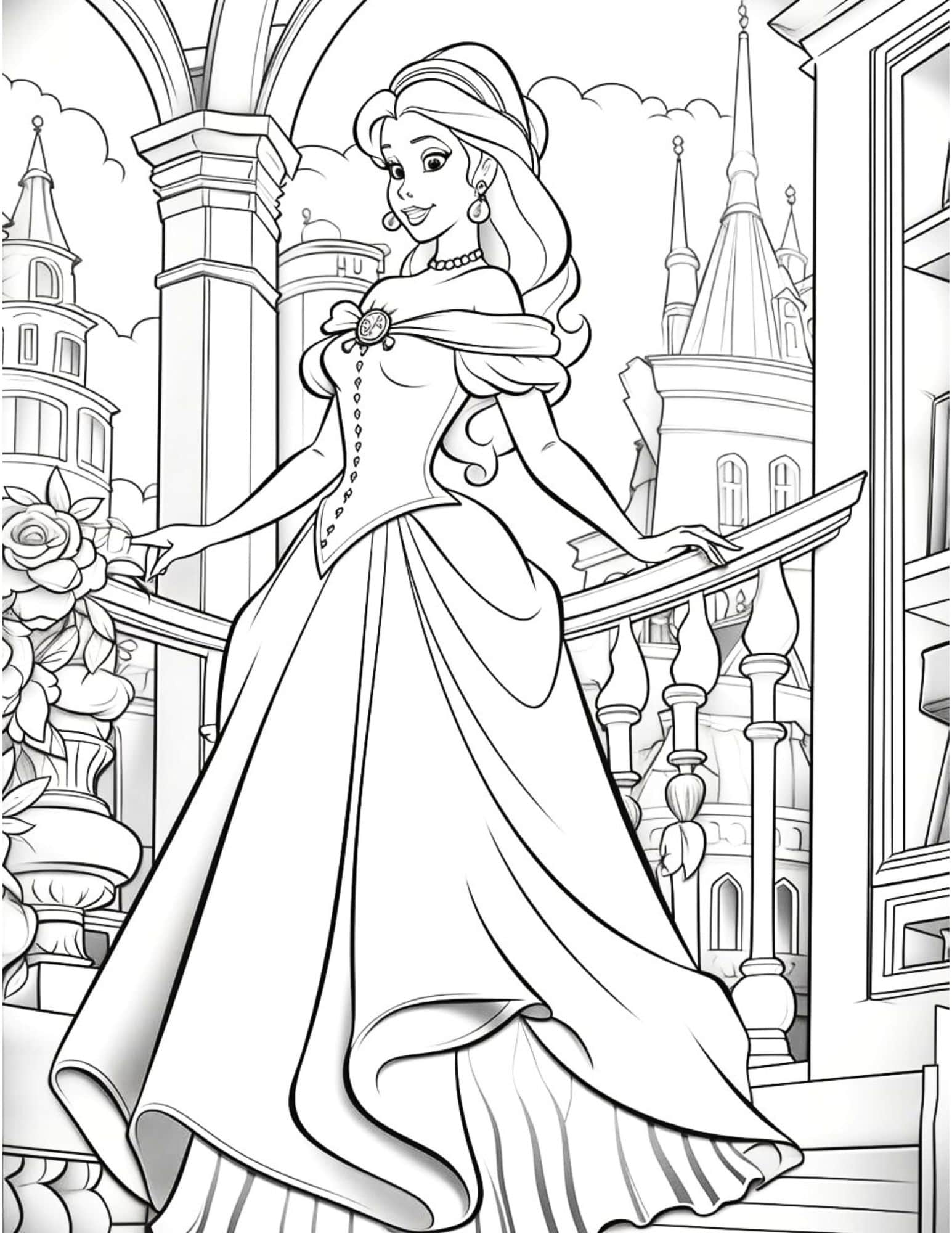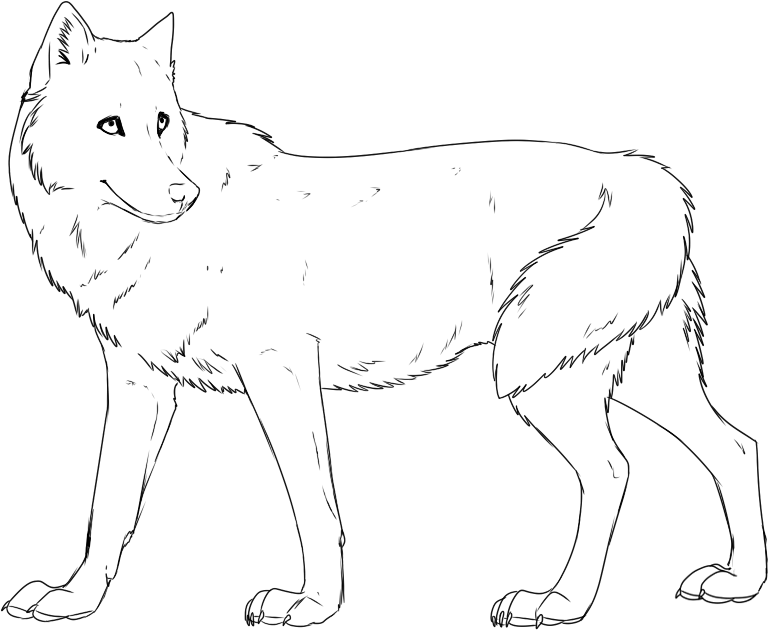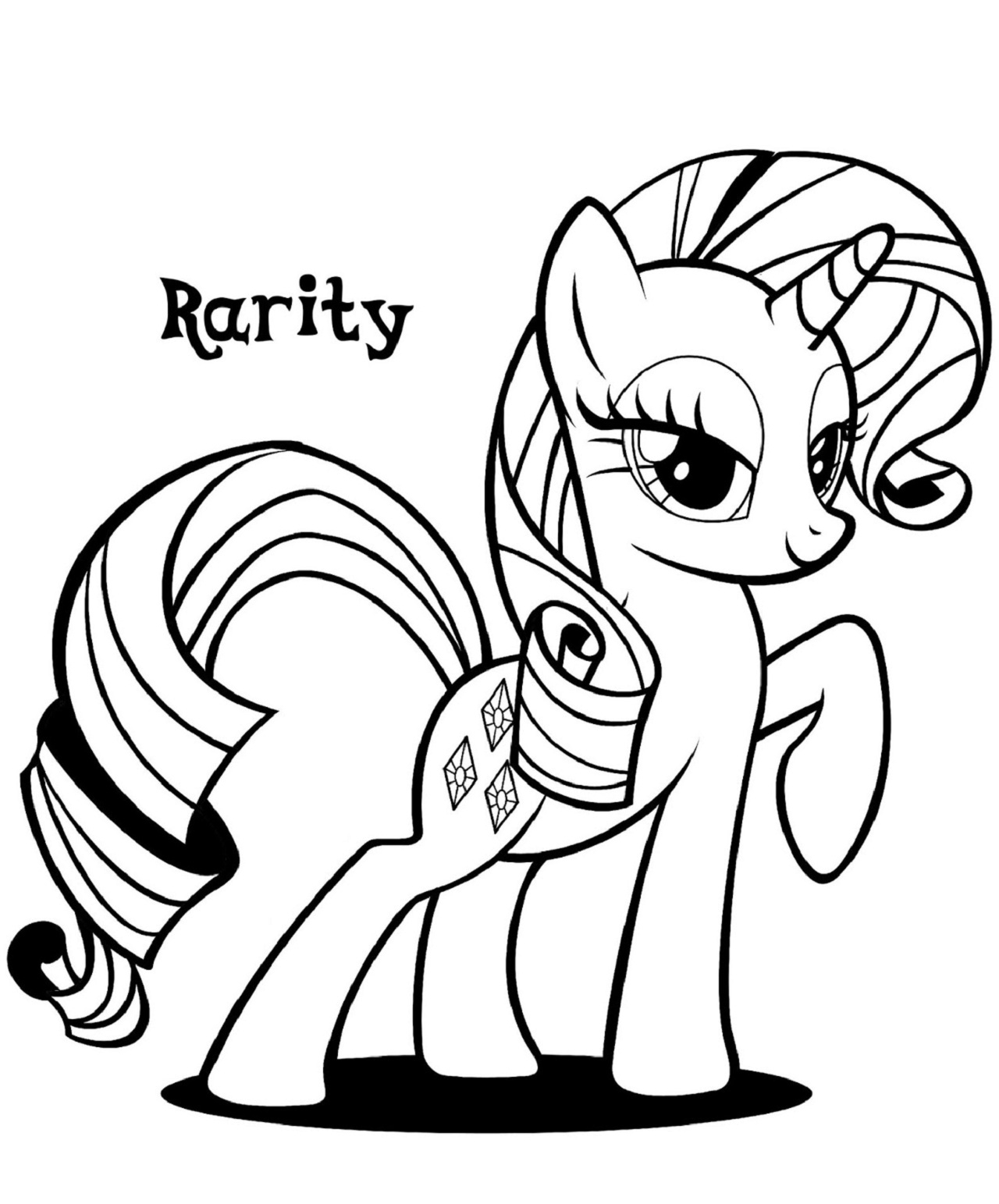Are you looking for some fun and creative activities for your kids? Why not try out some Belle coloring pages printable for a magical and … Read more
Continue reading
Oct 28 2014 nbsp 0183 32 A question on colouring cubes Ask Question Asked 10 years 8 months ago Modified 10 years 8 months ago A theorem of König says that Any bipartite graph G G has an edge-coloring with Δ(G) Δ (G) (maximal degree) colors. This document proves it on page 4 by: Proving the theorem for …

The question is asking for each of the following four trees how many different ways are there of colouring the vertices with k k colours so that no two adjacent vertices are coloured the same I've shown that the number of colourings of the edges of a regular tetrahedron with n different colours when we want to ensure that there is at least one monochromatic triangle is $4n^4 - …

Colouring Pictures For Kids
Explain why the Petersen graph cannot have its edges coloured with exactly 3 colours so that adjacent edges receive different colours I know that this is true by looking at the graph but I m Dog house coloring page at getcolorings free printable colorings. Amazing erling haaland coloring page free printable coloring pagesDesenhos fofos para colorir desenhos imprimir pdf colorir.

50 Dinosaur Coloring Pages Printable Fun Sheets

40 Gorgeous Princess Coloring Pages For Kids And Adults
Colouring of N N that avoids all non constant infinite arithmetic progressions Ask Question Asked 6 years 11 months ago Modified 6 years 11 months ago Aug 5, 2019 · Problem: In a graph a 3 colouring (if one exists) has the property that no two vertices joined by an edge have the same colour, and every vertex has one of three colours, R, …
Complete graph edge colouring in two colours lower bound for number of monochromatic triangles Ask Question Asked 12 years 8 months ago Modified 9 years 2 months ago If our colouring is constant, then clearly its equivalence class has only one element. If our colouring has three vertices of one colour, and the fourth difference, then its equivalence class …

Are you looking for some fun and creative activities for your kids? Why not try out some Belle coloring pages printable for a magical and … Read more
Continue reading
If you have a little superhero fan at home who loves Spiderman, then you’ve come to the right place! Spiderman coloring pages are a great … Read more
Continue reading
If you have a little one who loves Paw Patrol, then you’re in luck! We have a collection of Paw Patrol coloring pages that are … Read more
Continue reading
If you’re looking for a fun and creative activity for your kids, why not try coloring? And what’s better than free printable bird coloring pages … Read more
Continue reading
Are you looking for some fun and creative activities for your kids? Look no further! We have a great collection of free printable Ninja Turtle … Read more
Continue reading
If you’re looking for a fun and creative activity for your kids, why not try out some wolves coloring pages printable? These printable coloring pages … Read more
Continue reading
Thanksgiving is just around the corner, and what better way to celebrate than with some festive coloring pages! Whether you’re looking for a fun activity … Read more
Continue reading
Looking for some fun and festive activities to keep your little ones entertained during the holiday season? Why not try out some Santa printable coloring … Read more
Continue reading
If you’re looking for a fun and creative activity for your kids, printable coloring pages are a great option. And if your little one is … Read more
Continue reading
Are you a fan of My Little Pony and love coloring? Look no further! We have a collection of My Little Pony coloring pages that … Read more
Continue reading